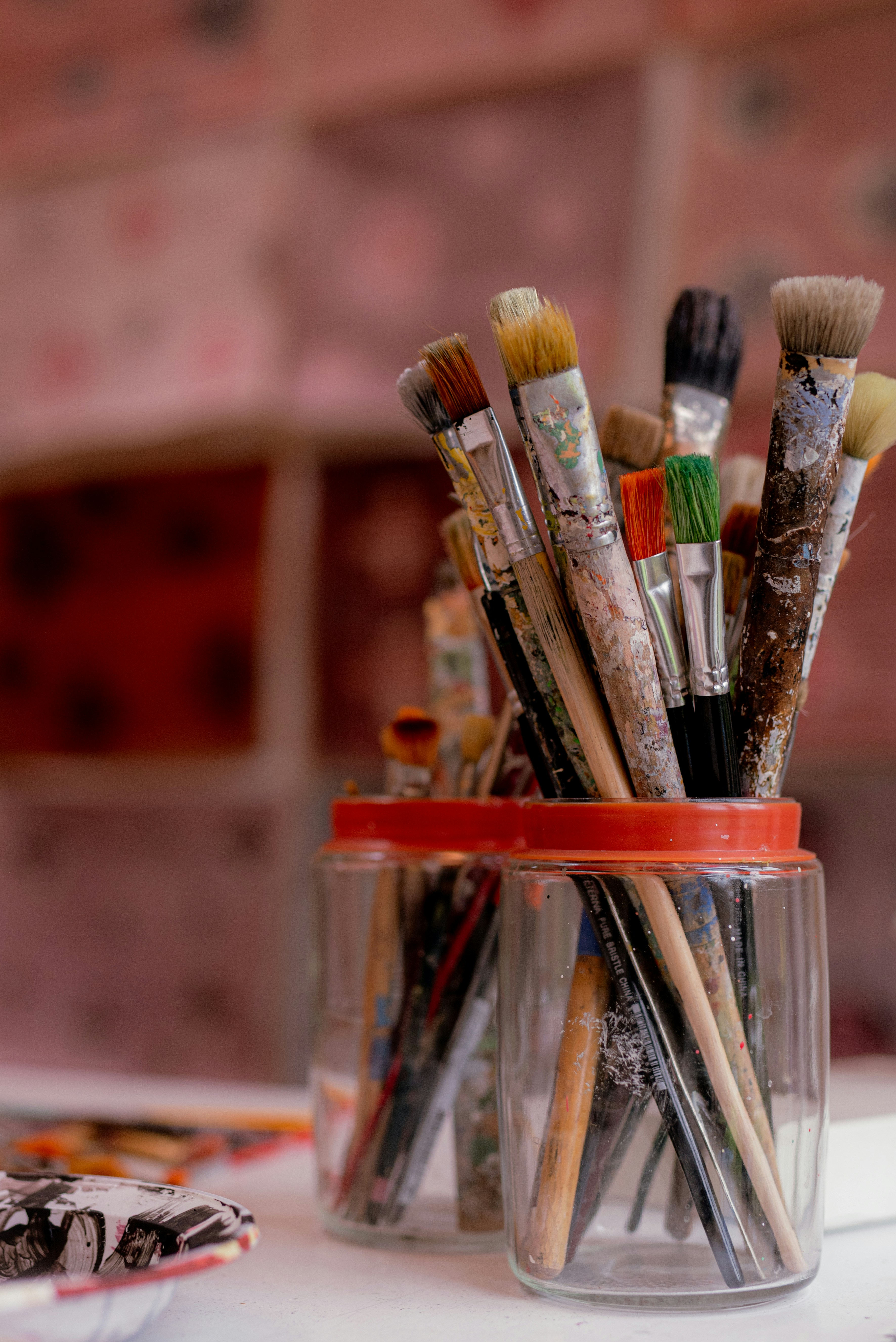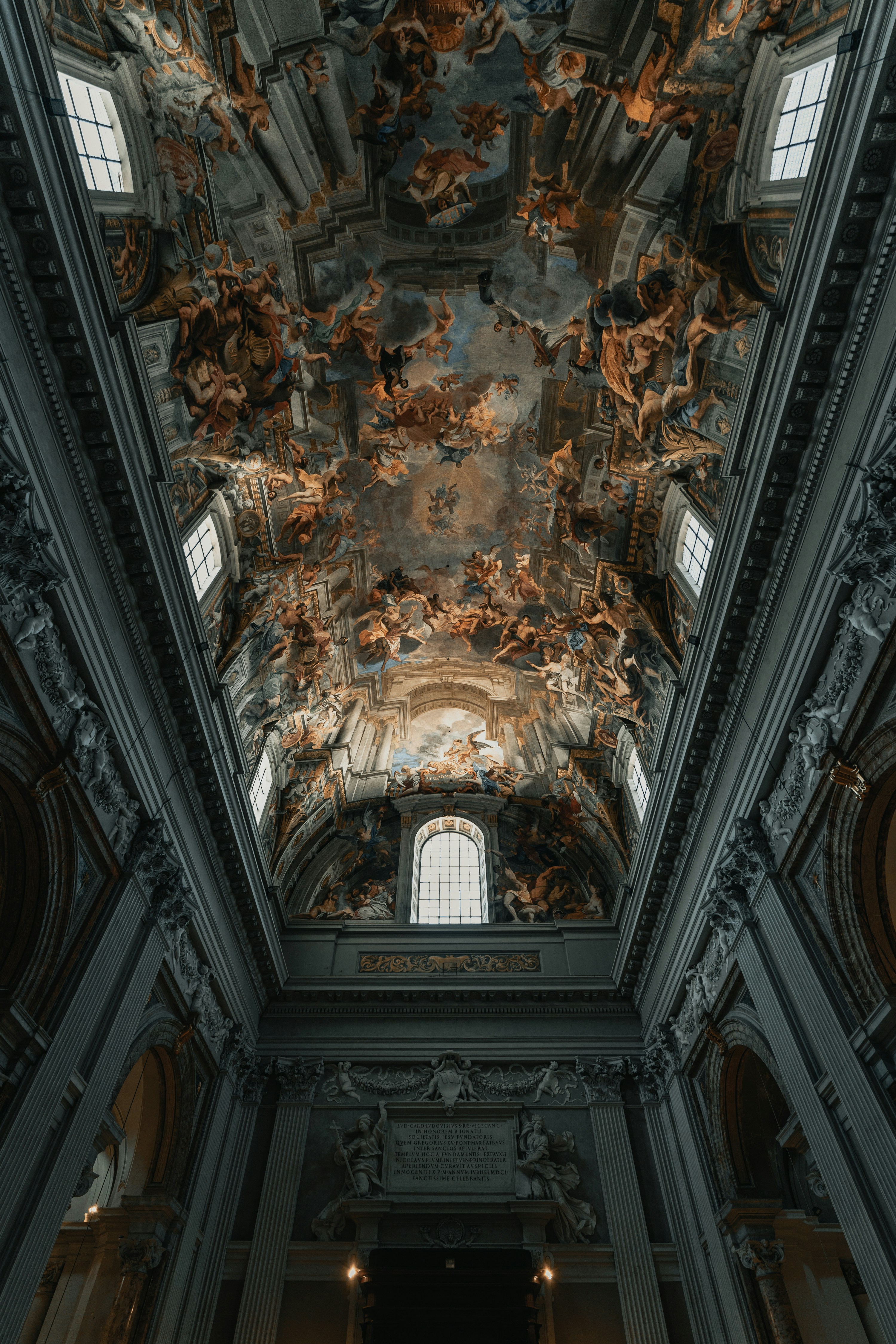A Deep Dive into Paint Brush Varieties and Their Specialized Applications
February 23, 2025 | by robert@mybrushlife.com
 Photo by laura adai on Unsplash
Photo by laura adai on Unsplash Understanding the Different Types of Paint Brushes
Paint brushes come in a myriad of shapes, sizes, and bristle materials, each designed for specific artistic techniques and applications. It is essential to understand these variations to select the right brush for a project. The primary brush shapes include round, flat, filbert, and fan brushes, each serving distinct purposes.
Round brushes are characterized by their pointed tips, making them ideal for details and fine lines. Their versatility allows artists to create both delicate strokes and thicker lines depending on the pressure applied. Flat brushes, on the other hand, have a rectangular shape that is excellent for covering larger areas quickly and efficiently. They are particularly useful for creating bold strokes or straight edges and can also be manipulated for textural effects when turned on their sides.
Filbert brushes combine the characteristics of both round and flat brushes, with an oval shape that creates soft edges. This makes them an excellent choice for blending and shading techniques, allowing artists to achieve a natural transition between colors. Fan brushes, recognized for their unique shape resembling a fan, are particularly effective for creating textures in landscapes or replicating natural elements like foliage.
In addition to these shapes, the size of the brush affects its application. Small brushes facilitate intricate detailing, while larger ones are suited for broader strokes and washes. The bristle material also plays a critical role in producing different effects. Natural bristle brushes, such as those made from squirrel or hog hair, offer superior paint-holding capacity, while synthetic brushes provide more durability and resilience, suitable for various paint types, including acrylics and oils.
Choosing the appropriate brush type is vital for achieving the desired results in any painting endeavor. Whether detailing, blending, or applying paint to large areas, an understanding of the diverse types and materials available will enhance the overall quality of the artwork.
Specialized Uses of Paint Brushes in Various Techniques
In the world of art, the choice of paint brushes can significantly influence the outcome of a piece. Different painting techniques, whether watercolor, oil, acrylic, or mixed media, demand specialized brushes tailored to their unique characteristics. Understanding these tools not only enhances the artist’s capabilities but also opens doors to a myriad of creative possibilities.
Watercolor painting often requires brushes with soft bristles that can hold a considerable amount of water, allowing for fluid washes and delicate details. The round watercolor brush, with its tapered tip, is ideal for creating both broad strokes and fine lines, making it indispensable for capturing the subtleties of light and shadow. On the other hand, fan brushes are useful for blending and texture, enabling artists to depict elements such as foliage and clouds with ease.
In the realm of oil painting, the selection of brushes is equally crucial. Stiff bristles are favored for application since they can manage the thick consistency of oil paints. A flat brush, for instance, allows for sharp edges and solid color strokes, while a filbert brush combines the abilities of a flat and round brush, providing versatility in creating shapes. Techniques like impasto benefit from the use of palette knives alongside brushes, enriching textures and depth.
Acrylic painting has gained popularity due to its fast-drying properties. Brushes designed for this medium often feature synthetic fibers that can withstand frequent use and maintain their shapes. A synthetic hog bristle brush is ideal for bold strokes, while a detail round brush excels in adding intricate designs. For mixed media projects, flexible brushes can accommodate various materials, offering artists the freedom to experiment with textures and effects.
Regardless of the painting technique, proper brush maintenance is essential for longevity and optimal performance. Regularly cleaning brushes with the appropriate solvent and reshaping them after use can ensure that they stay in peak condition. By understanding the specialized uses of paint brushes, artists can better navigate their creative process, leading to enhanced artistic expression and success.
RELATED POSTS
View all

